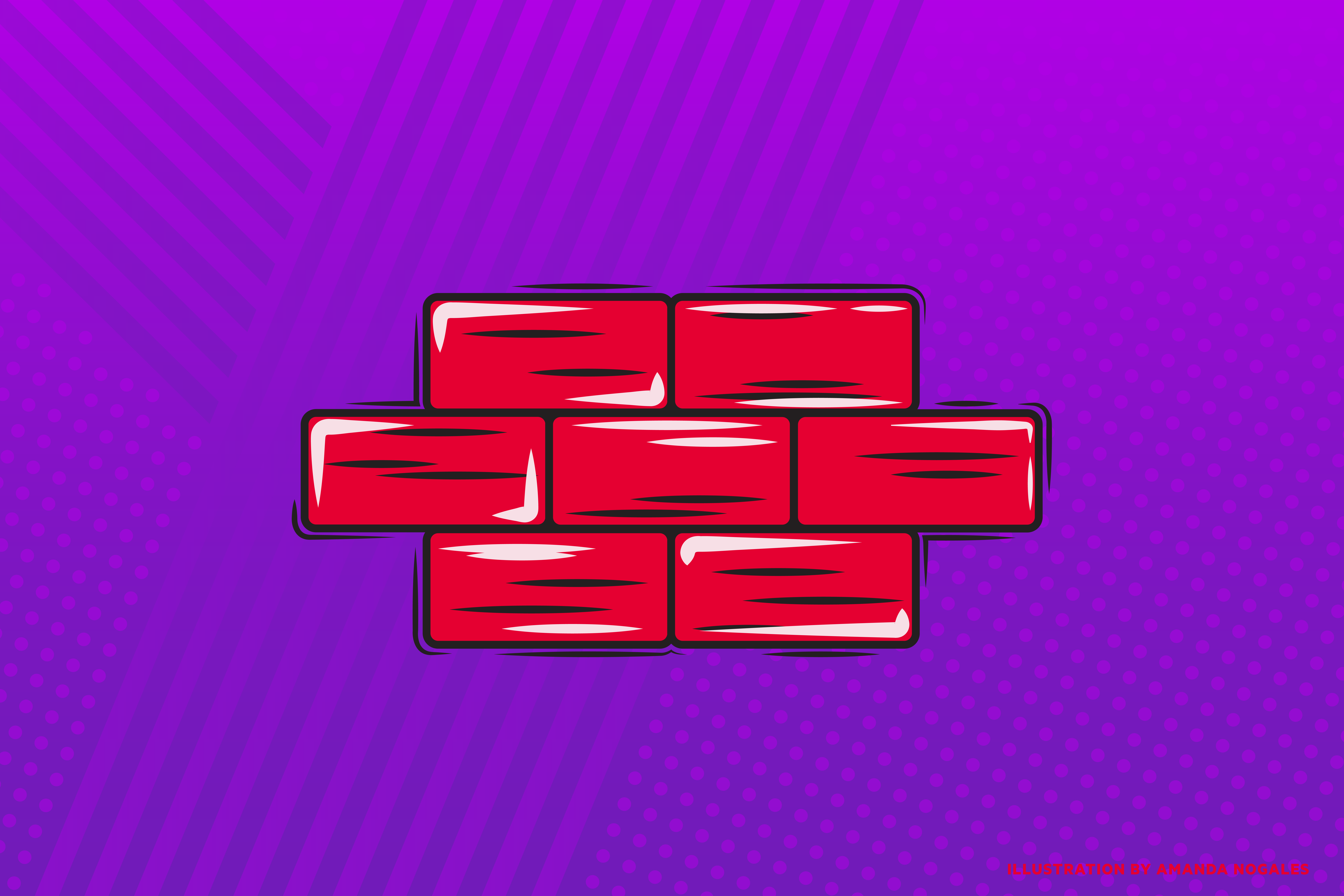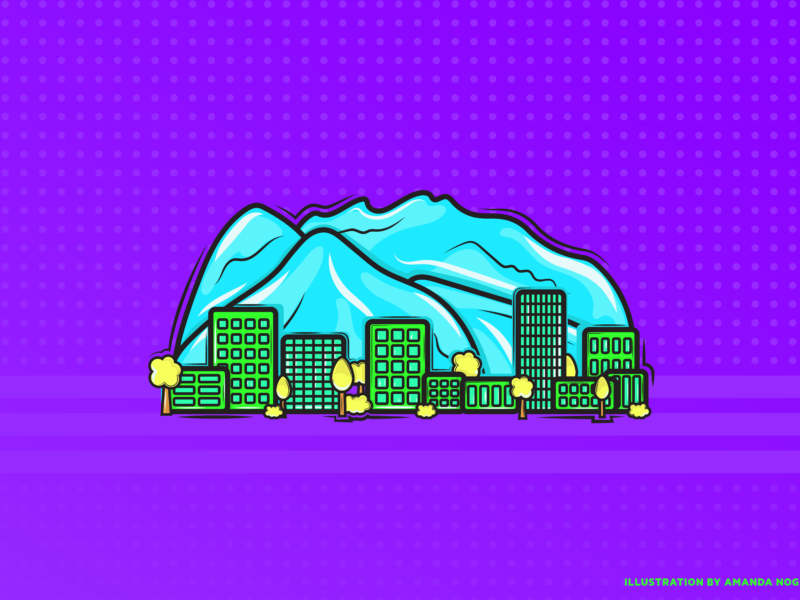
Homeownership on the Wasatch Front might be more of a gamble than you thought
With record-breaking price appreciation and low-interest rates over the last few years, Utah residents have looked at homeownership on the Wasatch Front as a reliable and attractive investment. But while the housing market continues to rise in value, the threat of natural disaster looms over many Utah homeowners.
A 2016 study estimates a 43 percent chance that the Wasatch Front will see an earthquake of magnitude 6.75 or larger in the next 50 years. If an earthquake of that magnitude strikes, Utah could see thousands of deaths in a matter of minutes and the displacement of over 89,000 households.
In addition to the devastating physical damage, many Utahns are in danger of a complete economic loss if their home is irreparably damaged in an earthquake. The high cost of earthquake insurance has discouraged many homeowners from investing in an insurance policy. While the chance of a devastating earthquake is likely, only 18 percent of Utah homeowners have earthquake insurance.
Unreinforced masonry buildings are particularly vulnerable to damage. It’s common for these old brick homes to collapse completely in an earthquake, leading to injury and loss of life. While these homes are dangerous for the inhabitants, they also leave Utah communities vulnerable to the sudden loss of a significant portion of their housing units.
A 2012 McKinsey global survey asked managers about their willingness to enter an investment with a chance of losing 100 percent of its value. On average, the managers said they would avoid the investment if the chance of complete or near-complete loss was higher than 19 percent. Only 9 percent of managers were willing to accept a higher than 40 percent risk of complete or near-complete loss.
While managers tend to be overly cautious about high-risk investments, owners of unreinforced masonry homes across the Wasatch Front live with a much higher risk of loss. With a 43 percent chance that an earthquake could wipe out the value of their investments, Utah homeowners are participating in more of a gamble than they realize.
Typically, Utah homes built after the 1970s or 80s are built to withstand earthquakes, but these young homes come with a higher price tag than older homes. Young homebuyers and those trying to enter the market for the first time have to push their budgets to afford the older, more dangerous masonry homes instead of the newer models.
Additionally, many homeowners take comfort knowing that the risk of the predicted earthquake is spread out over 50 years. On average, Utah homeowners own their properties for just 7 years. While the real estate market is as hot as it is, Utah residents and investors are willing to gamble that if the Wasatch Front sees a major earthquake, it will be years down the road.
Steven Bartlett, University of Utah professor of civil and environmental engineering, researches community resiliency related to natural disasters. According to Professor Bartlett, a resilient community is able to react, respond, and recover following a natural disaster like a major earthquake. Bartlett believes the large number of unreinforced masonry homes on the Wasatch Front should be seismically retrofitted to build a truly resilient community.
“In a society that really hasn’t experienced a devastating earthquake, how do you convince a homeowner to do something that’s [going to] cost them tens of thousands of dollars?” comments Bartlett on why seismic retrofits aren’t yet common in single-family homes.
One study estimates that 89 percent of the 308,100 buildings damaged in a major earthquake will be single-family homes or other residential buildings. This leaves the cost burden of seismic retrofitting on homeowners, many of whom are already stretched thin by costly mortgage payments.
In 2017 Salt Lake City introduced the “Fix the Bricks” program, which helps owners of unreinforced masonry homes upgrade their properties to prevent loss of life in an earthquake. The program uses a federal pre-disaster mitigation grant to fund up to 75 percent of the cost of seismic improvements.
While the “Fix the Bricks” program could prevent numerous deaths and injuries in a major earthquake, the funding is limited and there’s a lengthy waitlist for homeowners wanting to participate in the program.
“The ‘Fix the Bricks’ program is a good start but doesn’t go far enough in building the resilience of communities on the Wasatch Front,” Bartlett says. “The seismic upgrades of the Salt Lake City program are intended to save lives, but life-saving seismic retrofitting is not guaranteed or even likely to save the building during an earthquake.
“It’s a good goal to save people’s lives, but the home will be repairable and a total loss,” Bartlett says. “Now people’s homes are uninhabitable, and they lost any savings or equity they have in their homes. So are we really completely resilient if people have suffered a huge economic loss and they have no place to live? I would argue that we maybe need a little bit higher standard than just collapse prevention, we need something that leaves a home in a state where it could be occupied and repairable.”
While no homeowner wants the economic hit that would come from the loss of a home, the cost of complete seismic upgrades is high enough that most owners will likely keep risking it. That’s why Bartlett believes seismic retrofitting will only become appealing to homeowners if it’s tied to other benefits.
“If it’s only just the benefits from seismic retrofitting, then probably just most people aren’t going to do that,” Bartlett says. “I think to bring in homeowners and business people into this discussion, it has to be looked at more holistically.”
Bartlett proposes seismic upgrades that also improve a home’s energy efficiency. The energy cost savings could make the project worth it for many homeowners. An upgrade that addresses multiple problems might be enough to motivate a homeowner to invest.
While owners of earthquake-safe buildings might feel positive about their prospects, in the event of a major earthquake, the devastated local economy would impact anyone living in the area. After Hurricane Katrina damaged 134,000 housing units in New Orleans, the city lost over half its population and it took over a decade for the population and economy to return to pre-hurricane levels.
Similar to the devastation of New Orleans in Hurricane Katrina, everyone living along the Wasatch Front, whether in a brick home or not, is at risk of severe economic consequences if a major earthquake strikes. Without significant upgrades, Utah’s communities and brick homes are standing on shaky ground.






